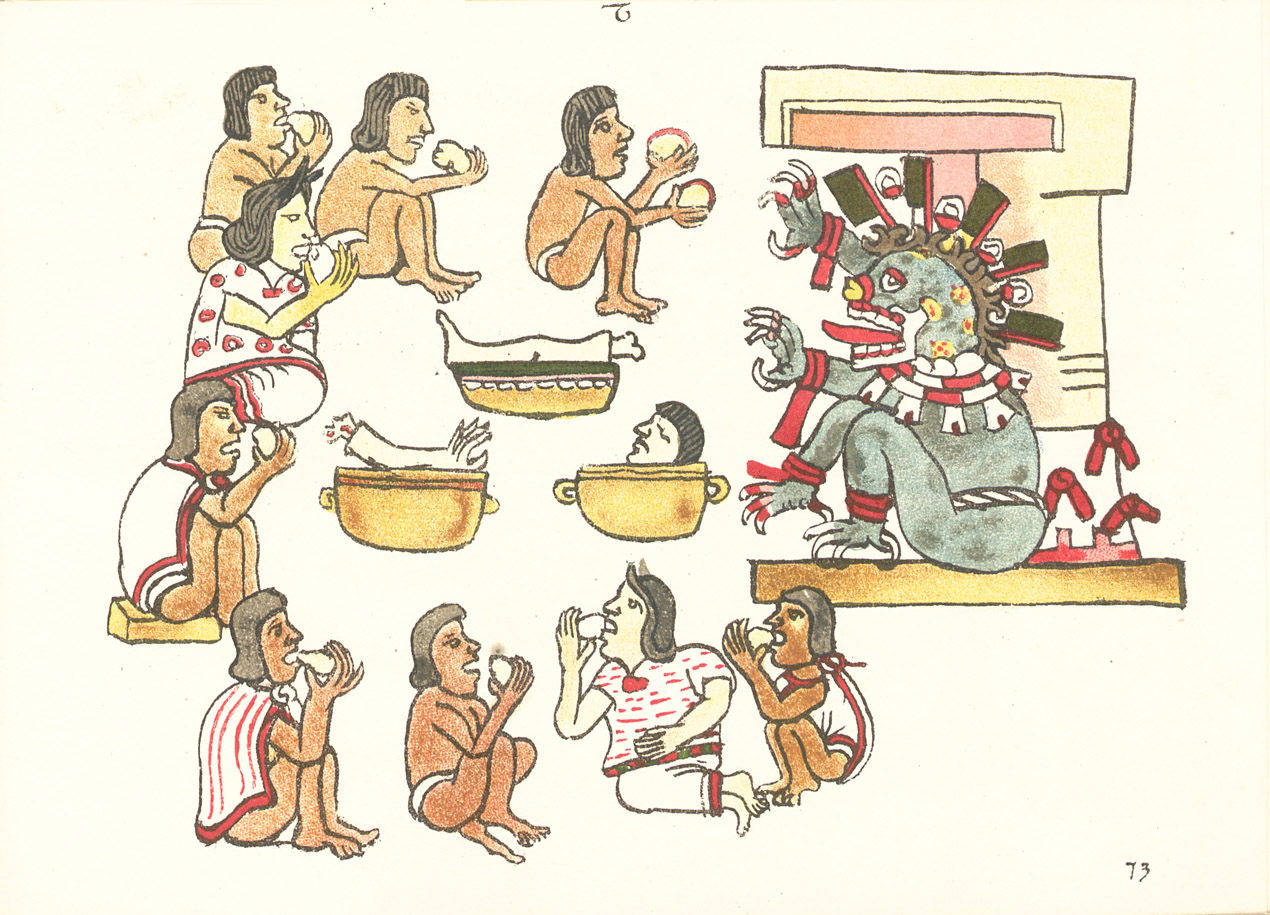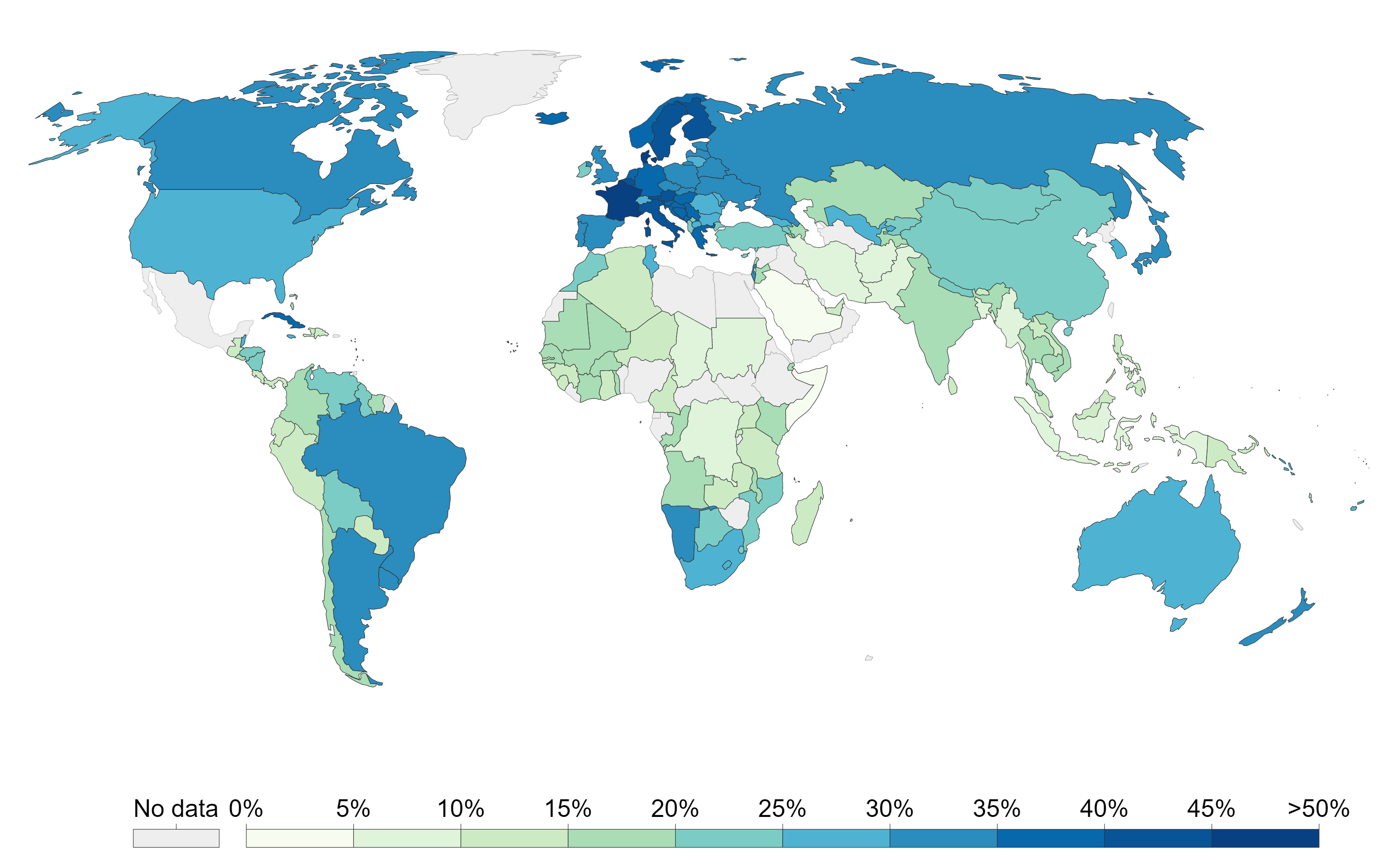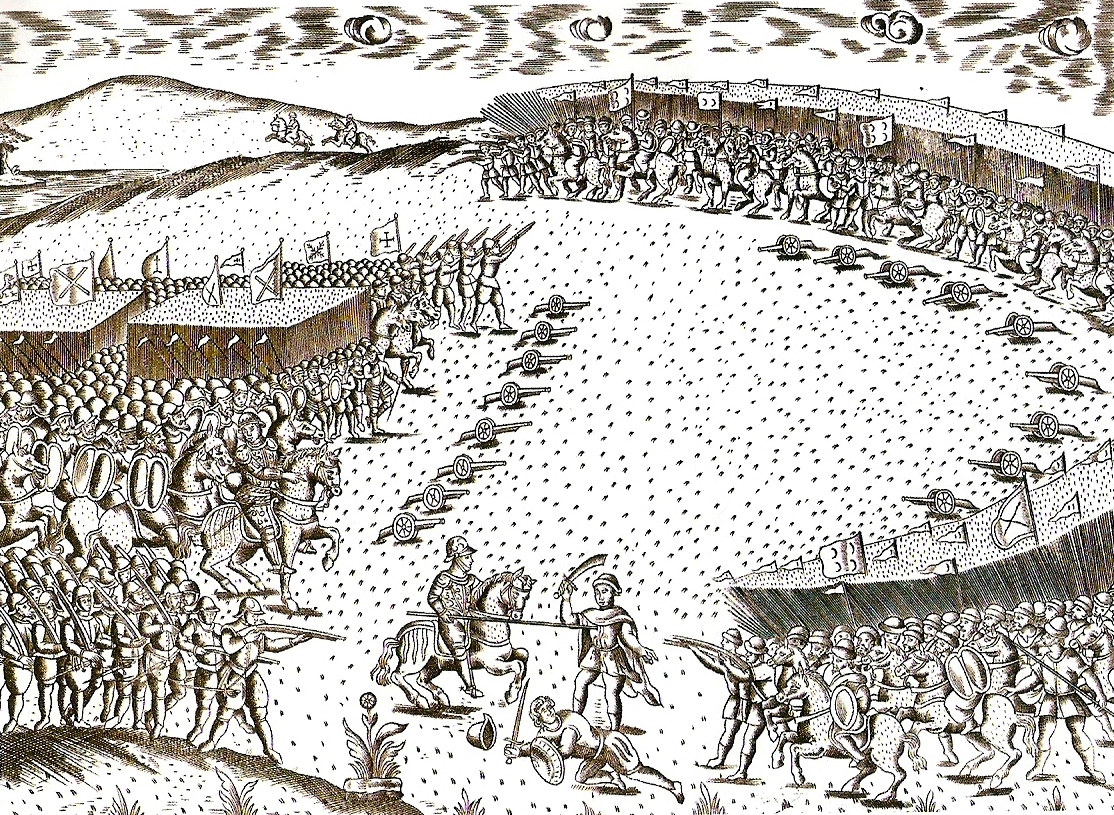|
Chavero Codex Of Huexotzingo
The Chavero Codex of Huexotzingo of 1578 documents a judicial proceeding against officials who collected excessive taxes in Huexotzingo, located in today's Puebla, Mexico. There are 17 locations in the manuscript, which deals with tribute. These taxes, paid in "money, maize, and shirts and blankets" were collected in "the 21 districts of Huexotzingo between 1571 and 1577." Some of the taxes were used to build a church in the San Salvador district. The numbers in the codex from the surveys submitted by officials are recorded in illustrations "using the Mesoamerican numeric system, with some variations characteristic of the Mexica system." A book on the codex, ''Códice Chavero de Huexotzingo: proceso a sus oficiales de república'', won the 2005 "Premio INAH Francisco Javier Clavijero." Historian Alfredo Chavero donated the codex to the National Museum of Mexico in 1906. See also *Aztec codices Aztec codices ( nah, Mēxihcatl āmoxtli , sing. ''codex'') are Mesoameri ... [...More Info...] [...Related Items...] OR: [Wikipedia] [Google] [Baidu] |
Puebla
Puebla ( en, colony, settlement), officially Free and Sovereign State of Puebla ( es, Estado Libre y Soberano de Puebla), is one of the 32 states which comprise the Federal Entities of Mexico. It is divided into 217 municipalities and its capital is the city of Puebla. It is located in East-Central Mexico. It is bordered by the states of Veracruz to the north and east, Hidalgo, México, Tlaxcala and Morelos to the west, and Guerrero and Oaxaca to the south. The origins of the state lie in the city of Puebla, which was founded by the Spanish in this valley in 1531 to secure the trade route between Mexico City and the port of Veracruz. By the end of the 18th century, the area had become a colonial province with its own governor, which would become the State of Puebla, after the Mexican War of Independence in the early 19th century. Since that time the area, especially around the capital city, has continued to grow economically, mostly through industry, despite being the scene o ... [...More Info...] [...Related Items...] OR: [Wikipedia] [Google] [Baidu] |
World Digital Library
The World Digital Library (WDL) is an international digital library operated by UNESCO and the United States Library of Congress. The WDL has stated that its mission is to promote international and intercultural understanding, expand the volume and variety of cultural content on the Internet, provide resources for educators, scholars, and general audiences, and to build capacity in partner institutions to narrow the digital divide within and among countries. It aims to expand non-English and non-western content on the Internet, and contribute to scholarly research. The library intends to make available on the Internet, free of charge and in multilingual format, significant primary materials from cultures around the world, including manuscripts, maps, rare books, musical scores, recordings, films, prints, photographs, architectural drawings, and other significant cultural materials. The WDL opened with 1,236 items. As of early 2018, it lists more than 18,000 items from nearly 20 ... [...More Info...] [...Related Items...] OR: [Wikipedia] [Google] [Baidu] |
Codex
The codex (plural codices ) was the historical ancestor of the modern book. Instead of being composed of sheets of paper, it used sheets of vellum, papyrus, or other materials. The term ''codex'' is often used for ancient manuscript books, with handwritten contents. A codex, much like the modern book, is bound by stacking the pages and securing one set of edges by a variety of methods over the centuries, yet in a form analogous to modern bookbinding. Modern books are divided into paperback or softback and those bound with stiff boards, called hardbacks. Elaborate historical bindings are called treasure bindings. At least in the Western world, the main alternative to the paged codex format for a long document was the continuous scroll, which was the dominant form of document in the Ancient history, ancient world. Some codices are continuously folded like a concertina, in particular the Maya codices and Aztec codices, which are actually long sheets of paper or animal skin folded ... [...More Info...] [...Related Items...] OR: [Wikipedia] [Google] [Baidu] |
Maya Numerals
The Mayan numeral system was the system to represent numbers and calendar dates in the Maya civilization. It was a vigesimal (base-20) positional numeral system. The numerals are made up of three symbols; zero (a shell), one (a dot) and five (a bar). For example, thirteen is written as three dots in a horizontal row above two horizontal bars; sometimes it is also written as three vertical dots to the left of two vertical bars. With these three symbols, each of the twenty vigesimal digits could be written. Numbers after 19 were written vertically in powers of twenty. The Maya used powers of twenty, just as the Hindu–Arabic numeral system uses powers of ten. For example, thirty-three would be written as one dot, above three dots atop two bars. The first dot represents "one twenty" or "1×20", which is added to three dots and two bars, or thirteen. Therefore, (1×20) + 13 = 33. Upon reaching 202 or 400, another row is started (203 or 8000, then 204 or 160,000, and so on). The ... [...More Info...] [...Related Items...] OR: [Wikipedia] [Google] [Baidu] |
Alfredo Chavero
Alfredo Chavero (1841–1906) was a Mexican archaeologist, politician, poet, and dramatist. According to Howard F. Cline, "Chavero's most enduring claim to remembrance rests...on iscompletion and extension of Ramírez's plans to republish major native histories and his editorship of pictorial documents." Research Chavero conducted numerous investigations on Mexican antiquities. He published ''Historia Antigua de Mexico'', as well as several works on Aztec archaeology, especially on ancient monuments. While excavating the pyramids of Cholula, he discovered some idols that are now in the National Museum of Mexico. His books are often referred to because of his research on Father Sahagún and to the Sun Stone. . Political career Chavero became a member of the Mexican Congress in 1869. He supported the Mexican presidents Benito Juárez, Sebastián Lerdo de Tejada, Manuel González, and Porfirio Díaz in succession, notwithstanding their different policies. On 25 June 1879 ... [...More Info...] [...Related Items...] OR: [Wikipedia] [Google] [Baidu] |
Museo Nacional De Antropología
The National Museum of Anthropology ( es, Museo Nacional de Antropología, MNA) is a national museum of Mexico. It is the largest and most visited museum in Mexico. Located in the area between Paseo de la Reforma and Mahatma Gandhi Street within Chapultepec Park in Mexico City, the museum contains significant archaeological and anthropological artifacts from Mexico's pre-Columbian heritage, such as the Stone of the Sun (or the Aztec calendar stone) and the Aztec Xochipilli statue. The museum (along with many other Mexican national and regional museums) is managed by the Instituto Nacional de Antropología e Historia (National Institute of Anthropology and History), or INAH. It was one of several museums opened by Mexican President Adolfo López Mateos in 1964. Assessments of the museum vary, with one considering it "a national treasure and a symbol of identity. The museum is the synthesis of an ideological, scientific, and political feat." Octavio Paz criticized the museum's ma ... [...More Info...] [...Related Items...] OR: [Wikipedia] [Google] [Baidu] |
Aztec Codices
Aztec codices ( nah, Mēxihcatl āmoxtli , sing. ''codex'') are Mesoamerican manuscripts made by the pre-Columbian Aztec, and their Nahuatl-speaking descendants during the colonial period in Mexico. History Before the start of the Spanish colonization of the Americas, the Mexica and their neighbors in and around the Valley of Mexico relied on painted books and records to document many aspects of their lives. Painted manuscripts contained information about their history, science, land tenure, tribute, and sacred rituals. According to the testimony of Bernal Díaz del Castillo, Moctezuma had a library full of such books, known as ''amatl'', or ''amoxtli,'' kept by a ''calpixqui'' or nobleman in his palace, some of them dealing with tribute. After the conquest of Tenochtitlan, indigenous nations continued to produce painted manuscripts, and the Spaniards came to accept and rely on them as valid and potentially important records. The native tradition of pictorial document ... [...More Info...] [...Related Items...] OR: [Wikipedia] [Google] [Baidu] |
History Of Taxation
A tax is a compulsory financial charge or some other type of levy imposed on a taxpayer (an individual or legal entity) by a governmental organization in order to fund government spending and various public expenditures (regional, local, or national), and tax compliance refers to policy actions and individual behaviour aimed at ensuring that taxpayers are paying the right amount of tax at the right time and securing the correct tax allowances and tax reliefs. The first known taxation took place in Ancient Egypt around 3000–2800 BC. A failure to pay in a timely manner ( non-compliance), along with evasion of or resistance to taxation, is punishable by law. Taxes consist of direct or indirect taxes and may be paid in money or as its labor equivalent. Most countries have a tax system in place, in order to pay for public, common societal, or agreed national needs and for the functions of government. Some levy a flat percentage rate of taxation on personal annual income, but mos ... [...More Info...] [...Related Items...] OR: [Wikipedia] [Google] [Baidu] |
1578 Works
__NOTOC__ Year 1578 ( MDLXXVIII) was a common year starting on Wednesday (link will display the full calendar) of the Julian calendar. Events January–June * January 31 – Battle of Gembloux: Spanish forces under Don John of Austria and Alexander Farnese defeat the Dutch; Farnese begins to recover control of the French-speaking Southern Netherlands. * April 27 – The Duel of the Mignons claims the lives of two favorites of Henry III of France, and two favourites of Henry I, Duke of Guise. * May 26 – The ''Alteratie'' in Amsterdam ends Catholic rule, and opens Catholic worship there. * May 31 – Martin Frobisher sails from Harwich, England to Frobisher Bay, Canada, on his third expedition. * June 11 – Humphrey Gilbert is granted letters patent from the English crown to establish a colony in North America. July–December * July – Martin Frobisher holds the first Thanksgiving celebration by Europeans in North America, on Newfoun ... [...More Info...] [...Related Items...] OR: [Wikipedia] [Google] [Baidu] |

.jpg)



